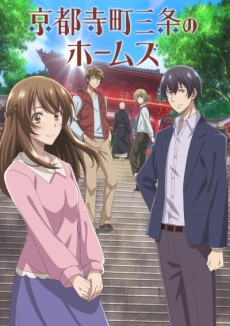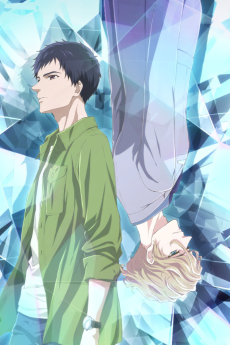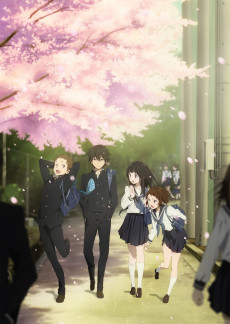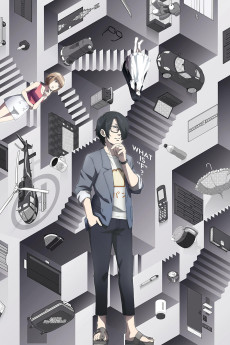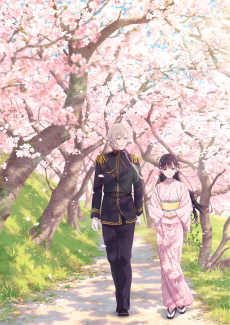KITSUTSUKI TANTEI DOKORO
STATUS
COMPLETE
EPISODES
12
RELEASE
June 29, 2020
LENGTH
24 min
DESCRIPTION
Adaptation of Kei Ii's mystery novel.
The story is set in 1909 during Japan's Meiji era, and centers on fictional versions of real-life poet Takuboku Ishikawa and real-life linguist Kyousuke Kindaichi, who were acquaintances in real life. Takuboku runs a private detective agency to support his family. Both begin to investigate a case of supposed ghost appearances at the Asakusa Junikai building, also known as the Ryounkai.
(Source: Anime News Network)
CAST

Takuboku Ishikawa
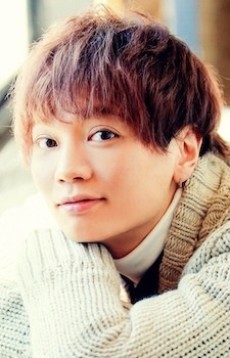
Shintarou Asanuma

Kyousuke Kindaichi
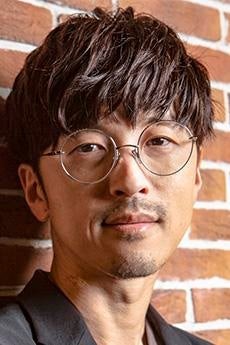
Takahiro Sakurai
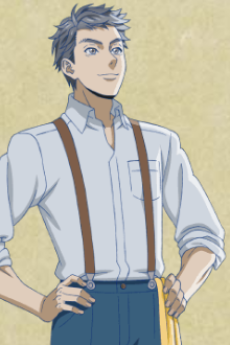
Kodou Nomura
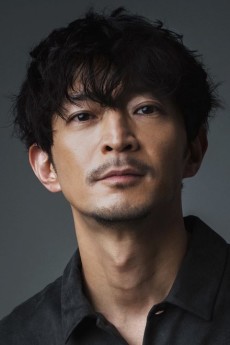
Kenjirou Tsuda
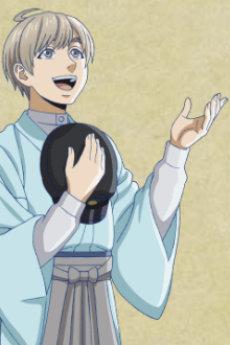
Tarou Hirai
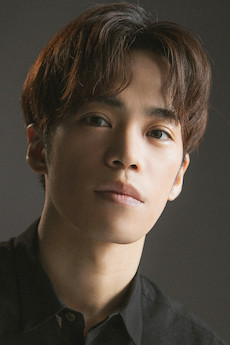
Kenshou Ono

Ryuunosuke Akutagawa
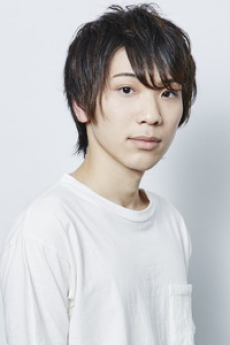
Yukiya Hayashi
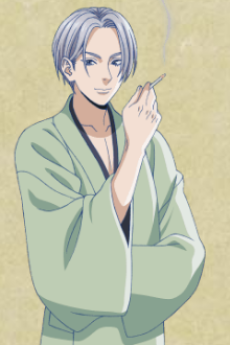
Isamu Yoshii
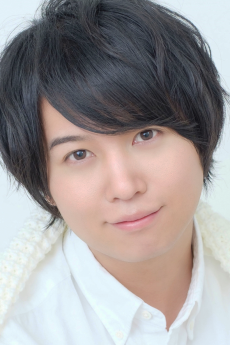
Souma Saitou
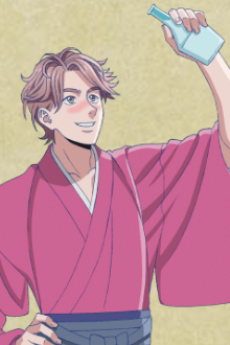
Bokusui Wakayama

Makoto Furukawa
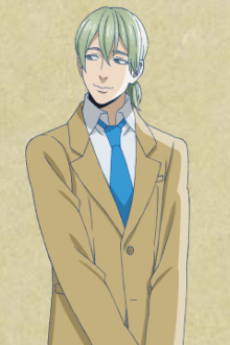
Sakutarou Hagiwara
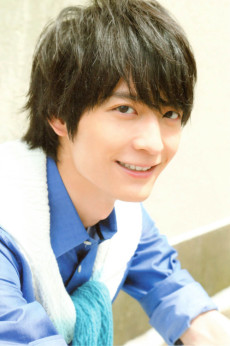
Yuuichirou Umehara
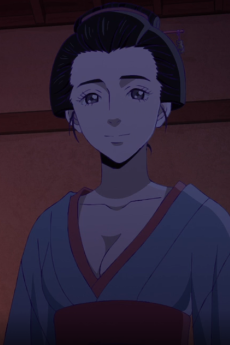
Otaki
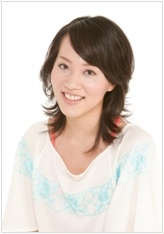
Akiko Tanaka
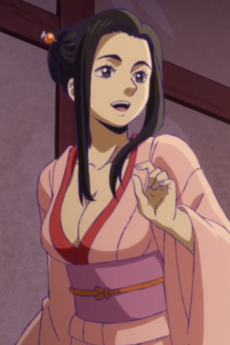
Oen
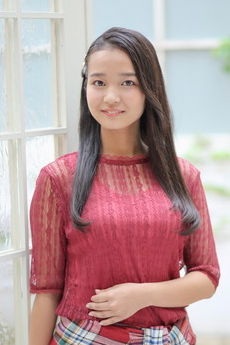
Mitsuho Kambe
EPISODES
Dubbed
REVIEWS

ShibuyaConfidential
60/100Woodpecker Detective's Office; Takuboku Ishikawa and his tankaContinue on AniListWoodpecker Detective's Office is a good starting point to approach Tanka poetry as it portrays a fictionalized story of the poet Takuboku Ishikawa. The anime is inspired by a mystery novel of the same (啄木鳥探偵處, Kitsutsuki Tantei-dokoro written by Kei Ii) and follows the detective adventures of the poet and the linguist Kyōsuke Kindaichi his best friend.
Tanka is one of the three biggest poetic forms in Japanese literature, with the first one and most popular being Haiku and the second being the Senryuu ( Senryuu girl was a gem); but Poetry is a complex form of art as it represents an intimate state which cannot be shared, and it is never the same. One day a poem can talk to you, while maybe the same poem the day after sounds pale.
Tanka poems were used mostly for exchanging promises or memories of sexual affairs.
In Japan, for centuries marriage was a business and it was not uncommon to marry for convenience someone you did not love.
As stated: “Marriage under the Meiji Civil Code required the permission of the head of a household (Article 750) and the parents for men under 30 and women under 25. (Hendry, Marriage in Changing Japan, pp. 14, 16-7, 22-3.)
In arranged marriages, most couples met beforehand at a formal introduction called an omiai (お見合い, lit. "looking at one another"), although some would meet for the first time at the wedding ceremony. A visitor to Japan described the omiai as "a meeting at which the lovers (if persons unknown to each other may be so styled) are allowed to see, sometimes even to speak to each other, and thus estimate each others' merits." (Chamberlain, Basil Hall (1902). Things Japanese (4th ed.). London: John Murray. p. 309.)
Sex among married couples was seen as a “duty”, was not uncommon to have a lover. Since the Tokugawa period (or Edo Period) sex was portrayed in form of “porn woodblocks” as “Before the Tokugawa period, the term "ukiyo," "floating world," conjured up mental images of sadness and anxiety regarding the transitory nature of this world. The term, of course, is of Buddhist origin. During the Tokugawa period, however, the term ukiyo underwent a transformation. It came to mean a place of pleasure, consumption, sensuality, and hedonism, but with a positive connotation of "the world of pleasure." In the words of art historian Richard Lane:
…for the newly liberated townsmen of the seventeenth-century Japanese Renaissance "floating world" tended to lose its connotations of the transitory world of illusion and to take on hedonistic implications. It denoted the newly evolved stylish world of pleasure, the world of easy women and handsome actors, and all the varied pleasures of the flesh. (Richard Lane, Images from the Floating World: The Japanese Print (New York: Konecky and Konecky, 1978), p. 11.)”
In general, both sides had affairs or secret lovers and It was socially acceptable - if not publicly exposed - and Tanka was a good medium for erotic or sensual messages,
What is a Tanka? (for this section my main source is: Takuboku Ishikawa, Romaji Diary and Sad Toys, 2000 - Turtle Publishing)
Tanka is not written in rhymes but has a freestyle in it. The first two lines are a Haiku then there is the pivotal image that connects the last two sentences which is the “personal part”. To make it more clear let’s take a look at this famous Haiku by Matsuo Basho:
An old silent pond
A frog jumps into the pond —
Splash! Silence again.
Now I will personally rebuild (just for the sake of explanation) this same Haiku but with a Tanka twist:
An old silent pond
A frog jumps into the pond—
(Pivotal Image) - Clouds over the mountains
(Personal image) Images of youth
when I loved you under the cherry tree.
This is written by me just for example as I wanted to introduce the reader to Tanka poetry, hopefully, it is more clear now, but I would like to shift the attention to the anime as it is focused on Takuboku Ishikawa.
Ishikawa and his wife
I mentioned at the beginning that anime is a fictionalized life of Ishikawa - and another bunch of Japanese writers -, as we follow the selfish, broken, womanizer, alcoholic poet trying to solve mysteries. Despite a portrays as a funny, easy-going character Ishikawa had a short and tragic existence. Let’s enhance some differences between anime and real life.
Fiction: Ishikawa is a non-married poet who cares only for alcohol, sex, and fun while profiting from the kind-hearted nature of Kyosuke Kindaichi-san (another real-life figure and intimate of Ishikawa who later will become famous to have written the grammar of the Aino language).
Reality: Ishikawa was married to her beloved girlfriend from the middle school period (he dropped out due to a scandal). In that same school, he met Kyosuke and the two developed a lifelong friendship. Ishikawa’s life was incredibly influenced by his family, his father was a priest and his mother imposed herself into living with him and his wife.
Fiction: The anime is set in a boarding house where Takuboku and Kyosuke lived together.
Reality: That is true as the anime cut out all the family connections to the poet but this boardinghouse experience was real in his life. He moved to Tokyo for an editor job that provided him with a decent salary (he had been helped by Kyosuke in his poverty years). In Tokyo, he finally finds inspiration and starts to write his poems. The inspiration came from the dissolute life he was living, so yes, as depicted in the anime, even though married he spent time in “restaurants”- basically brothels. In the anime, this is exposed clearly and he had his favourite.
Fiction: Oen is a prostitute who fell in love with the poet but he convinces her to marry a rich man to live a better life. In the anime, we discover that Ishikawa did this mostly to gain some money out of it (enraging Kyosuke).
Reality: Oen wasn’t exactly a prostitute but a Geisha more an entertainer skilled in different Japanese arts and most notably great at conversation. Sex was not the mandatory performance and common was real love between a Geisha and some of the guests who “offered” them their bodies out of love. Of course, regular prostitution services could have been offered but were mostly for high-ranking governors and a high price and extremely rare. Average prostitutes were much cheaper and located in bad city areas. Oen (her real name was Koyakko) was indeed a Geisha who slowly fell in love with our poet (Note: Ishikawa was by far a handsome man and he was short and ugly). For her own sake - as in the anime - the poet convinces the girl to marry (not a wealthy man) but the owner of the tea house where she was working (I then assume she was really attractive) but her love for Ishikawa never faded, even when she later on divorced and spent all the remainder of her life unmarried. There is an evocative Tanka written by her at a later age:
Over sixty, and again I live that day of nineteen,
Reading these poems written by my love.
Fiction: In the anime, his interest in socialism is enhanced by a woman he loved who died tragically.
Reality: Ishikawa was a famous contester, he always challenged power in his own way (he was forced to leave middle school as he created a student movement). His interest in socialism is attributed to a terrorist attack aimed to kill Emperor Meiji that failed, leading to the death of almost (hundreds) of the plotters. He started to write “political” poems not so far from the style of personalities such as Majakovski.
Otaki-san // Woodpecker Detective's Office Episode 2 & 3 Review | Otaku Voice
As my last point of discussion, I would like to mention some interesting nuances shown in the anime, even though some of them are sadly related to the “fanservice” character design. The women are extremely believable in their manners and appearance, I cannot say the same for the men who are portrayed way too ethereal esthetically, but I can understand the reasons due to being the show labelled as “Josei” so literature for women.
I like the take on Artists and the way they are portrayed. Artists are depicted believably, with all their selfishness, as a person I know once told me:
“They (the artists) are mean ad think only about their art when possessed by the “demon” of creativity.”
Ishikawa is depicted as a real artist: stubborn, selfish, and oblivious to any sort of empathy outside of his creative manners. One of the reasons Kyosuke-san is still assisting him is exposed in the first episode: “Ishikawa is a genius. Geniuses are different and difficult to deal with, but they are once in a lifetime”
Each episode is filled with poetry or poems read aloud to the viewer.
The mountains have died.
The sea, too, dies, and there is no sound.
When I was young, all the world was love.
Takuboku Ishikawa lead a terrible and tragic life, he died one month after his mother and two months before his wife - all due to tuberculosis. He left this world at the age of 26. Immortalized by his friends who later collected his posthumous work Sad Toys.
.
SIMILAR ANIMES YOU MAY LIKE
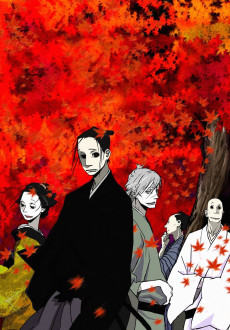 ANIME DramaSaraiya Goyou
ANIME DramaSaraiya Goyou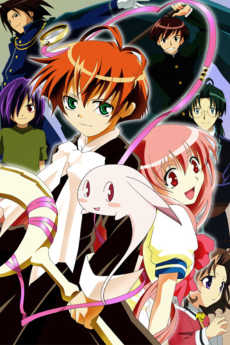 ANIME ComedyMatantei Loki RAGNAROK
ANIME ComedyMatantei Loki RAGNAROK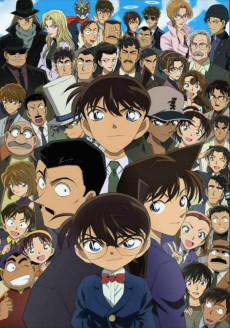 ANIME AdventureMeitantei Conan
ANIME AdventureMeitantei Conan
SCORE
- (2.85/5)
TRAILER
MORE INFO
Ended inJune 29, 2020
Main Studio LIDENFILMS
Favorited by 55 Users
Hashtag #啄木鳥探偵處 #キツツキ


